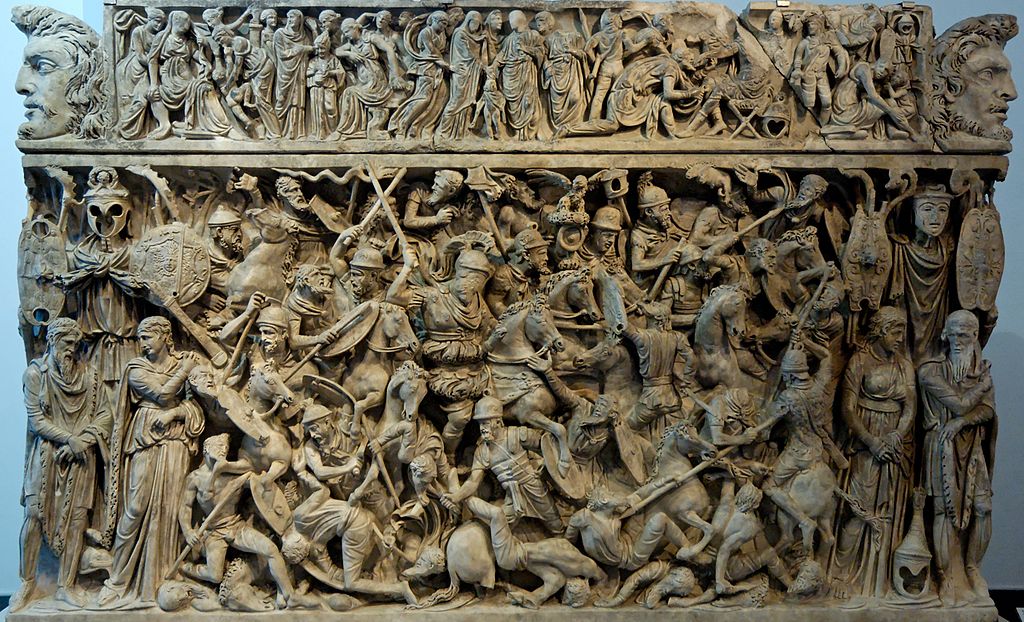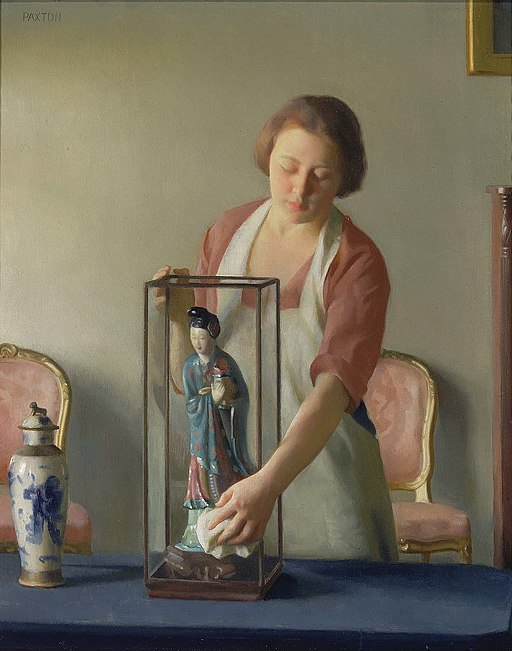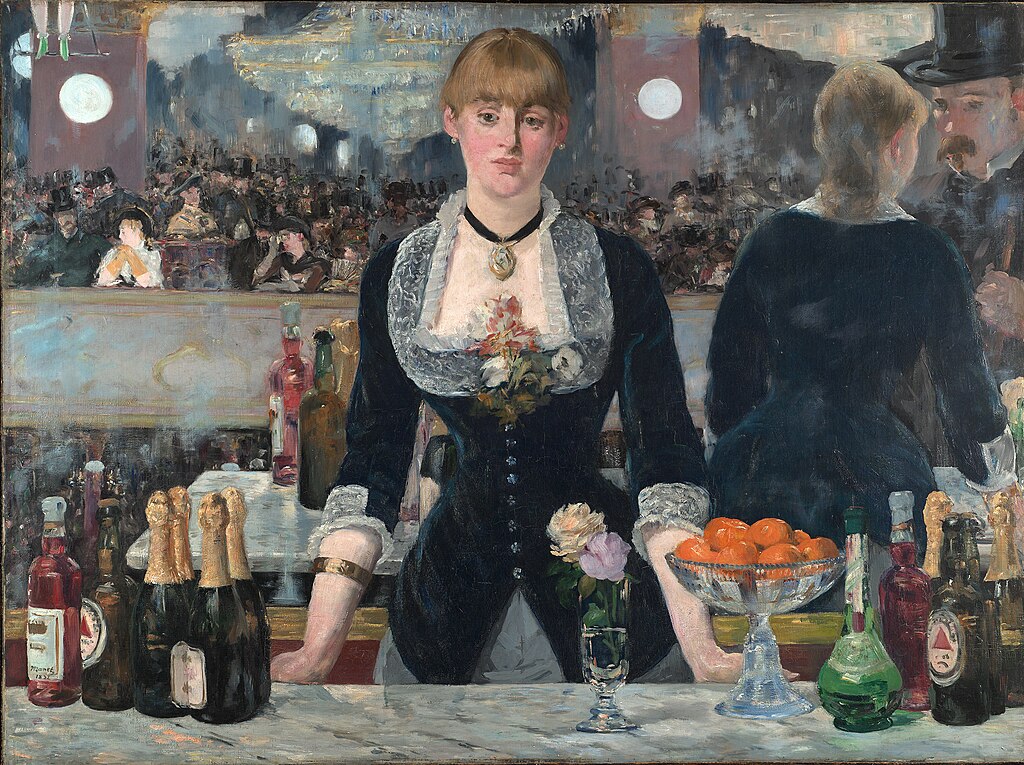This life-size, glazed pottery sculpture represents a Luóhàn, which is a Chinese term for one who has gained insight into the true nature of existence and has achieved nirvana.
This sculpture of Luohan shows him seated and hugging his left knee, wearing a monk’s robes of green and brown.
This sculpture is one of a set of 8 to 10 life-size Luohans made during the Liao dynasty (907–1125), which were discovered near caves, south of Beijing, in 1912.
They reached the international art market and were bought for Western collections. The circumstances of the find and the details of how the figures entered the global art market are vague.
The surviving Lohans from this discovery are so individually and uniquely modeled that they are considered as portraits of different eminent monks.
The openwork base is intended to suggest a mountain retreat of the ascetic monk. This large glazed ceramic figure extended to Buddhism the tradition of modeling developed for Chinese pottery tomb figures.
In the Ming and Qing periods imposing representations of many different deities were made, and their brilliant glazing resembles that of figures decorating temple buildings.
The statues are assembled from several pieces of glazed terracotta with their bases made separately and using a combination of molded and freely formed “slab-constructed” sections.
They use the complicated multi-color glazing process, which requires two firings.
Arhat – Luóhàn
Luóhàn which is a Chinese term for an arhat. An Arhat is one who has gained insight into the true nature of existence and has achieved nirvana.
Different Buddhist traditions have used the term for people far advanced along the path of Enlightenment, but who may not have reached full Buddhahood.
The understanding of the concept has changed over the centuries and varies between different schools of Buddhism and other regions.
As Buddhist tradition developed, and especially in the East Asian Buddhist countries, the number of arhats or Luohans tended to increase.
At least the most important were regarded as, or as almost, bodhisattvas or fully enlightened beings, with a wide range of supernatural powers.
According to Buddhist tradition, groups of Luohans awaited the arrival of Maitreya, the Future Buddha, and groups of Luóhàn were often used in East Asian Buddhist art.
Luohan – Yixian Glazed Ceramic Sculpture
- Title: Luohan – Yixian Glazed Ceramic Sculpture
- Date: 907-1125
- Found: Yizhou caves, Yi Xian, Hebei, China
- Materials: glazed terracotta
- Culture: Liao dynasty
- Museum: Royal Ontario Museum
Luohan China Yixian Hebei province Liao dynasty A.D. 907-1125
A Tour of Buddhist Art
- Popular Buddhist Art
- Garuda (British Museum)
- Avalokiteshvara – Guanyin (British Museum)
- Buddha
- Seated Buddha from Gandhara
- Walking Buddha
- Mucalinda Sheltering Buddha
- Buddha Protected by Mucalinda
- Mucalinda Sheltering Buddha
- Buddha performing Twin Miracles at Sravasti
- Bodhisattva Avalokiteshvara – Guanyin
- Seated Bodhisattva Avalokiteshvara – Guanyin
- Luohan – Yixian Glazed Ceramic Sculpture (British Museum)
- Luohan – Yixian Glazed Ceramic Sculpture (Royal Ontario Museum)
- Luohan – Yixian Glazed Ceramic Sculpture (MET)
Luohan China Yixian Hebei province Liao dynasty A.D. 907-1125
Chinese Proverbs
~~~
“A man grows most tired while standing still.”
~~~
“A bird does not sing because he has the answer to something; he sings because he has a song.”
~~~
“Dig the well before you are thirsty.”
~~~
“To understand your parents love you must raise children yourself.”
~~~
“It is better to light one candle than to curse the darkness.”
~~~
“Control your emotions, or they will control you.”
~~~
“When the winds of change blow, some people build walls, and others build windmills.”
~~~
“Tell me, I forget. Show me, I remember. involve me, I understand.”
~~~
“Be not afraid of growing slowly; Be afraid only of standing still.”
~~~
“A man who cannot tolerate small misfortunes can never accomplish great things.”
~~~
“Learning is a treasure that will follow its owner everywhere.”
~~~
“One generation plants the trees. Another gets the shade.”
~~~
“Behave toward everyone as if receiving a guest.”
~~~
“A wise man makes his own decisions. An ignorant man follows public opinion.”
~~~
Tension is who you think you should be. Relaxation is who you are.”
~~~
“All things are difficult before they are easy.”
~~~
“A crisis is an opportunity riding the dangerous wind.”
~~~
“If you bow at all, bow low.”
~~~
“It’s better to be without a book than to believe a book entirely.”
~~~
“Judge with seven reasons, state only one in court.”
– Chinese Proverb
~~~
Photo Credit: 1) By Daderot [CC0 or CC0], from Wikimedia Commons
Popular this Week








 Sponsor your Favorite Page
Sponsor your Favorite Page SEARCH Search for: Search Follow UsJoin – The JOM Membership Program
Sponsor a Masterpiece with YOUR NAME CHOICE for $5
Share this:
- Tweet

